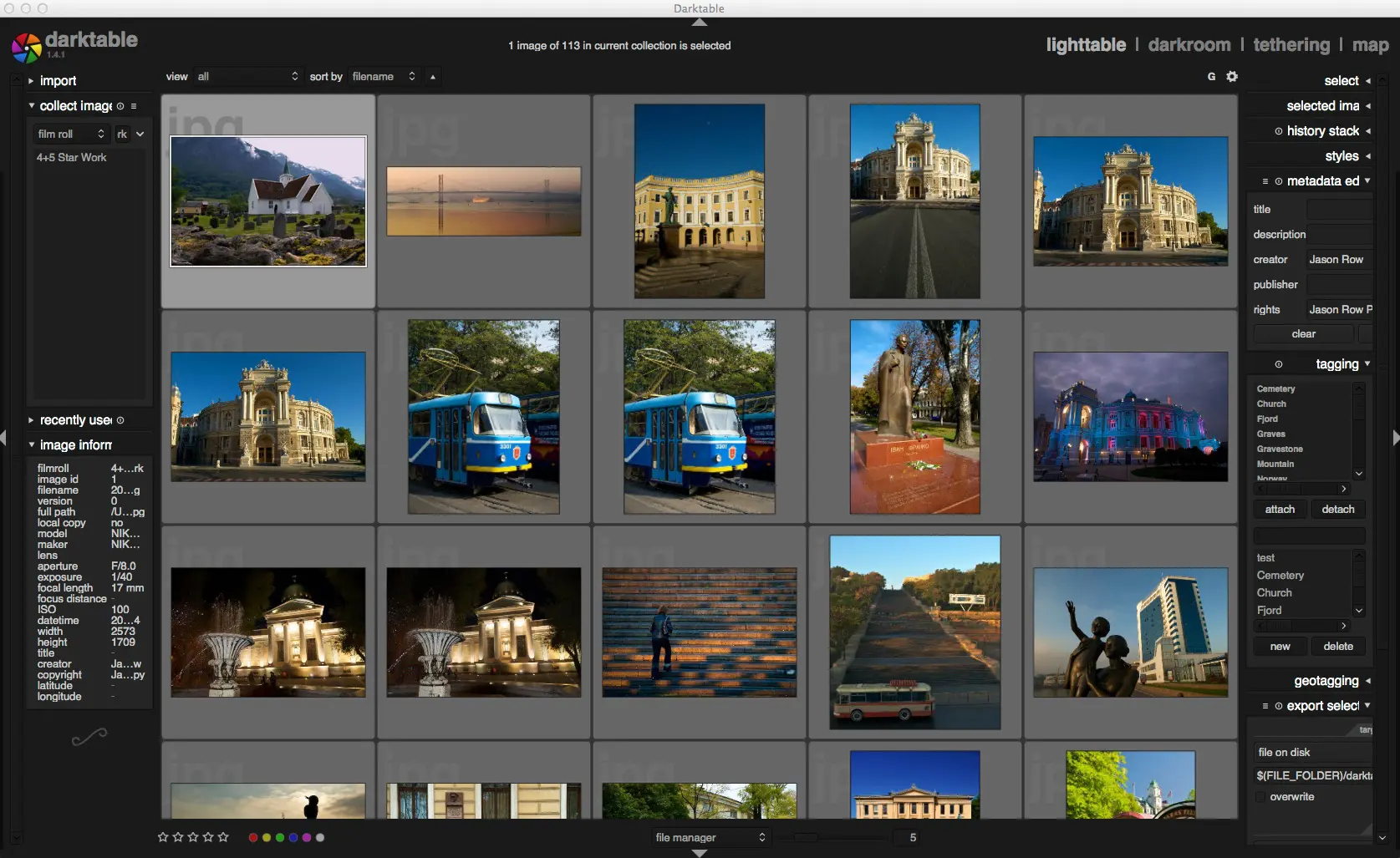

You can use it not only to geotag photos, but also geocorrelate them. Speaking of geotagging, the application sports a separate interface for working with geographical data.digiKam also allows you to view your photos on the map, provided they have been properly geotagged. You can use a conventional album view, browse photos by tags or by date, or display your photos as a timeline. digiKam offers several ways to view your photos.digiKam currently supports more than 400 cameras that shoot in RAW, and new models are added almost as soon as they hit the market. Thanks to the LibRaw decoding and processing library, digiKam can handle a wide range of RAW formats.While there are several such applications available on Linux ( Rawstudio, Darktable, RawTherapee, etc.), digiKam makes a sensible choice for a number of reasons. So what are the tools that can help you to handle these photographic tasks on Linux? digiKam to Rule Them AllĪ solid photographic workflow is unthinkable without an application that can help you to import, process, and organize photos. And in most cases, we publish photos using either one of many third-party photo sharing services, or upload photos to self-hosted galleries. Most of us share our photographic masterpieces with others.

Once the photos have been neatly organized, you have to process the RAW files.

Next, you have to sort and organize the imported photos.Before you can do anything with your photos, you need to transfer them from your camera to a computer, and then import them into the photo management application.These tools can come in handy for exposure bracketing, focus stacking, macro photography, and so on. While you’d normally use your camera to take photos, there are a couple of Linux-based tools that can be used to remotely control and trigger your camera.Let’s start with a brief overview of common photographic tasks: And using applications like Entangle, Rapid Photo Downloader, and digiKam, you can turn your Linux machine into a powerful darkroom for processing and organizing photos. Fortunately, there are quite a few high-quality powerful Linux-based photographic tools that can rival proprietary commercial applications like Adobe Photoshop Elements and Lightroom.
#Rawtherapee vs darktable 2017 professional
While most mainstream Linux distros come with photo management software, these applications are more suited for shutterbugs than serious amateurs and professional photographers.


 0 kommentar(er)
0 kommentar(er)
